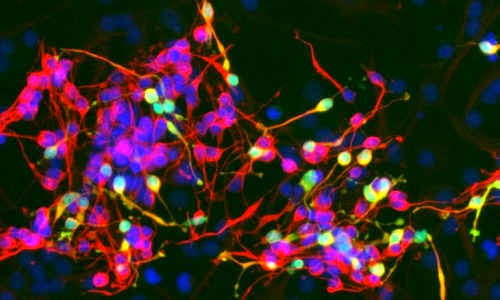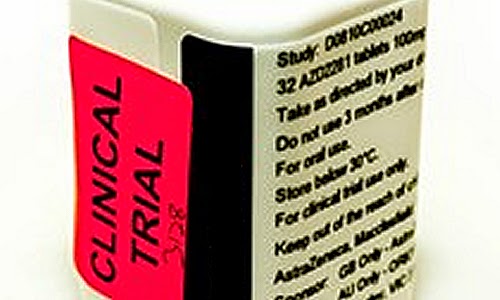A research team at UC San Francisco has discovered an RNA molecule called Pnky that can be manipulated to increase the production of neurons from neural stem cells. The research, led by neurosurgeon Daniel A. Lim, MD, PhD, and published on March 19, 2015 in Cell Stem Cell, has po…
A new study published in the prestigious Journal of the American Medical Association (JAMA) suggests the link between aspirin and colon cancer prevention may depend on a person’s individual genetics. The link between taking aspirin, and similar medications called non-steroidal …
By the time most people receive a diagnosis of Alzheimer’s disease — based on clinical signs of mental decline — their brains have already suffered a decade or more of damage. But although the mechanisms that spur the destruction of neurons in Alzheimer’s disease are not yet fully un…
A group of 18 scientists and ethicists today warned that a revolutionary new tool to cut and splice DNA should be used cautiously when attempting to fix human genetic disease, and strongly discouraged any attempts at making changes to the human genome that could be passed on to offsp…
A pioneering class of drugs that target cancers with mutations in the BRCA breast cancer genes could also work against tumours with another type of genetic fault, a new study suggests. Scientists at The Institute of Cancer Research, London, found that errors in a gene called CBLC…
Musical Glove é um dispositivo de computação em formato de luva que promete ser um grande aliado na reabilitação de pessoas que sofreram um AVC, pois ajuda a melhorar suas habilidades motoras finas. A luva é equipada com minúsculos sensores que são capazes de controlar os moviment…
Scientists from the Florida campus of The Scripps Research Institute (TSRI) have successfully tested a potent synthetic compound that prevents type 1 diabetes in animal models of the disease. “The animals in our study never developed high blood sugar indicative of diabetes, and b…
Someday soon, on-demand diagnostics could be as simple as doodling on your arm or leg. Special sensor-laden inks would help diabetics monitor their blood sugar and allow people to stay on top of other elements of their body chemistry. The write-once, read-several-times inks could al…
Brain signals can be read using soft, flexible, wearable electrodes that stick onto and near the ear like a temporary tattoo and can stay on for more than two weeks even during highly demanding activities such as exercise and swimming, researchers say. The invention could be…
Um grupo internacional de investigadores conseguiu, pela primeira vez, descobrir quais os quatro subtipos em se divide o cancro do pâncreas, tendo anunciado que, consoante o subtipo da doença, o uso de medicamentos com platina pode ser benéfico para o tratamento dos pacientes. Se…
Quando se sentir em baixo, esqueça os bolos e os chocolates. Embora os doces sejam, com frequência, os " snacks " preferidos de homens e mulheres contra a tristeza, especialistas britânicas asseguram que as sementes, em especial as de abóbora e chia, são os aperitivos ide…
Ajudar os outros ajuda-nos, também, a nós próprios. A conclusão é de um novo estudo internacional que revela que fazer voluntariado contribui para reduzir o 'stress' e a exaustão associados ao trabalho, aumentando o equilíbrio entre a vida pessoal e profissional. A invest…
A relação entre o consumo de café e a saúde cardiovascular é, por norma, amplamente debatida, com a bebida a ser, muitas vezes, associada à hipertensão arterial. Agora, um novo estudo revelou, porém, que o café pode ajudar a diminuir o risco de ataque cardíaco ao contribuir para ev…












